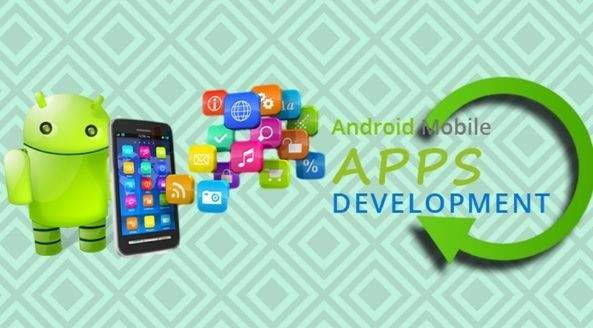A Beginners Guide and Resource for Android Development

The rising demands of mobile application development inspire many to go in development job who are either newbies in software development industry or app entrepreneurs in the market who believe in DIY.
Unlike the web development or standalone desktop application development, mobile app development differs in many respects and requires some specific tools, development architecture, and paradigms to approach.
For beginners, getting familiarity with Android platform architecture adds additional flairs in quality and time-to-market like factors, which are essential to obtain success in app marketplaces.
Android Platform Architecture
Let’ see the architecture and its layers in the development stack of Android platform.
- Linux Kernel
- Hardware Abstraction Layer
- Android Runtime
- Native C or C++ Libraries
- Java API Framework
- System Apps
Android App Development Tools and Frameworks
Android Studio is an IDE and a cluster of frameworks to support basic to advanced app development tasks. Eclipse is an alternative to it and also has advanced tools for decent app creation. However, Google has powered Android Studio with additional features and support that is a nightmare for others.
For instance, Android SDK and Virtual Device are excellent examples.
How to Use Android Studio and Begins Android App Development
After downloading and installation of Android Studio, you should configure it as per the device hardware, OS, and processing capacities. Once it gets ready to code, start your first Android mobile application development project by following given steps:
- Enter the name of the app and your company/domain
- Give the path of the directory where you are going to save the project
- Specify the devices for those you are going to develop the app
- Now, you should define the level of app development activities like basics, advanced, and so on to get interface accordingly.
- Add widgets to develop layout and UI elements accordingly
- Each UI component has various properties and parameters that you can implement as per your requirements of features and functionality
- To learn quickly, you must use various learning resources, use templates, and GitHub like coder specific platforms.
Is it any eagerness arise in your mind to know details and come into contact with a helping team? Read our “How to Getting Started with Android App Development for Beginners” blog and talk with a team of Android app developers at SysBunny.
Author Bio:
Roma Kapadia is an SEO & Research analyst and at SysBunny, the leading Mobile App Development Company based in USA. She has a very detailed knowledge about the mobile app industry. She has a knack to understand client needs and always keep exploring new things in the emerging IT field. You can follow her on Facebook and Twitter.




